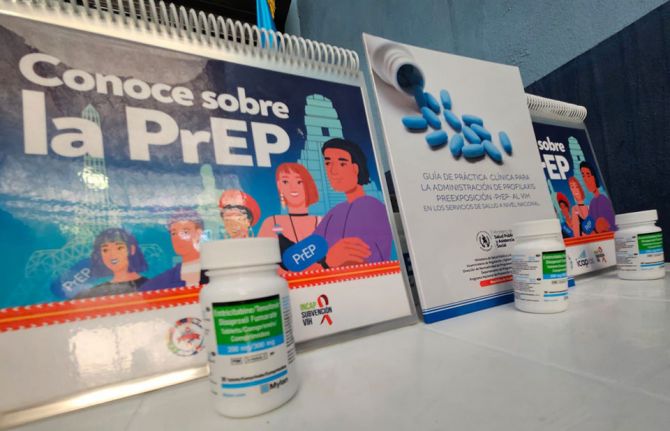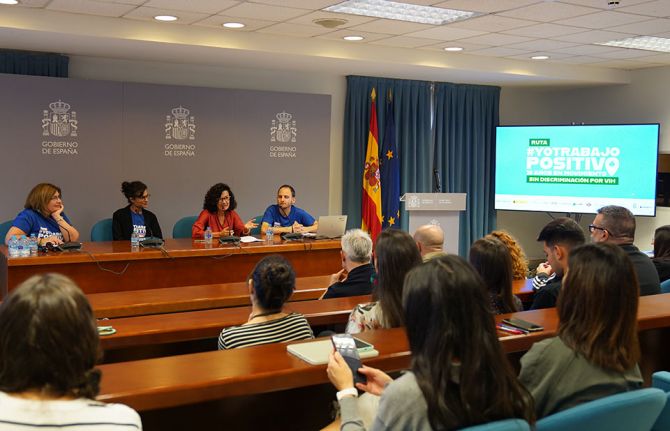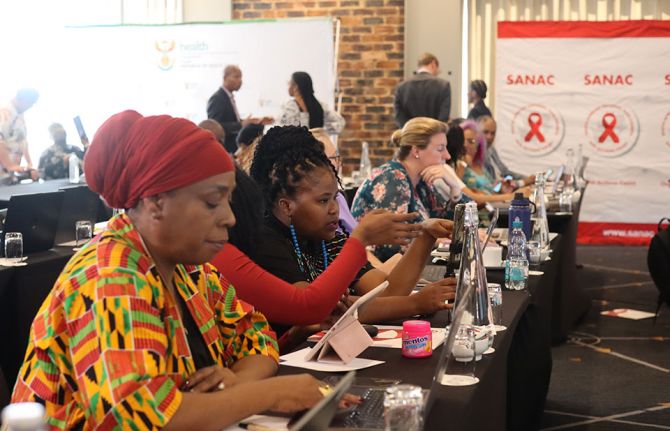

Feature Story
Speaking openly about sex and HIV
17 July 2017
17 July 2017 17 July 2017The 2030 Agenda for Sustainable Development takes to scale what the AIDS response has been working towards for 30 years—a multisectoral, rights-based, people-centred approach that addresses the determinants of health and well-being. The individual stories in this series highlight the linkages between HIV and related Sustainable Development Goals (SDGs), each told from the personal perspective of people affected by HIV. The series paints a picture of how interconnected HIV is with the SDGs and how interdependent the SDGs are with each other. Most importantly, the stories show us the progress we have achieved with the AIDS response and how far we have left to go with the SDGs.
Eighteen years ago, at the age of 19, Florence Anam became pregnant. As a teenager she had been flattered by an older man showering her with attention. A good student in school and just about to start university, her parents told her that they were disappointed in her, but never brought up the subject again.
“When I was pregnant, there were never any questions of how I got in this situation or who was responsible,” Florence said. “Sex was a taboo topic and not a discussion that parents had with their children.”
Florence did not know of her HIV status until 2006. During a national Kenyan HIV prevention campaign, she and four other friends went to get tested. When the HIV tests confirmed she was living with HIV, she was shocked.
The reality hit when a year later Florence was dismissed from her job because of her HIV status. “Back then, there were no HIV networks for young people, neither was there as much information available, so I contacted a woman who had been featured in a newspaper and lashed out at her, asking, “Why am I not allowed to be productive if I am not sick yet?”” explains Florence.
That woman, Asunta Wagura, was the Director of the Kenya Network of Women with AIDS. Asunta asked Florence to come in and see the organization, for which she then started volunteering. She describes the experience as a serious reality check. She heard other women’s stories, of how many of them lived in poverty and dealt with violence. “It was like plunging into this world that as a protected child I never even knew existed; all of a sudden my problems became trivial and I knew I needed to let other people know what I was seeing every day.”
She also became more vocal about HIV, bringing a lot of attention to herself and her status.
“I was done with having people dictate to me what their opinions about my life were, I missed the girl that I was and I desperately needed to get out that hole,” she says.
Part of Florence’s advocacy and communications work with the International Community of Women Living with HIV involves monthly mentoring meetings with girls and young women living with HIV. “I want to raise their consciousness regarding their life 20 years down the road,” Ms Anam says.
Florence considers that her life is full. Her 17-year-old son and 11-year-old adopted daughter affectionately chide her for bringing up sex and other “awkward” subjects at the dinner table.
“I am like the weird mother speaking about sex and responsible sexual behaviour in the most insane places,” Ms Anam says. “I keep repeating to them that decisions you make now, however immature, will have a long-term impact.”
SDG 5: Achieve gender equality and empower all women and girls
Gender inequality, discrimination and harmful practices create a culture that negatively impact women, girls, men and boys. Girls and women are disproportionately vulnerable to and impacted by HIV infection. Frequently they do not have the ability to control or determine their own life choices, such as going to school, who they marry or have sex with, the number of children they have, the health-care services they access, their employment options, or their ability to voice an opinion and be respected.
Programmes designed to educate and inform girls and women about the risks of HIV and provide some means of protecting themselves are essential building blocks of the AIDS response. And yet, however necessary, they are insufficient. Access to comprehensive sexuality education and sexual and reproductive health services can only ever be partially successful in protecting girls and young women from HIV if their potential male partners remain unaware of or unwilling to change their behaviour. Increasing male awareness of the risks of HIV, providing men and boys with the means of prevention, and enabling them to change their own behaviour and see the benefits of a balanced and respectful relationship are essential to decreasing the number of new HIV infections and increasing gender equity.
Like many young women, Florence grew up without comprehensive sexuality education or access to sexual and reproductive health services. She has made it her life’s work to expand youth-friendly HIV and health services and to mentor young women living with HIV, giving them hope for the future. Florence’s story encapsulates how important progress on SDG 5—achieve gender equality and empower all girls and women—is to enabling young women and men to make informed decisions on protecting themselves from HIV infection.
Learn more about SDG 5
Region/country
Related
 Multisectoral resilience to funding cuts in Guatemala
Multisectoral resilience to funding cuts in Guatemala

22 December 2025


